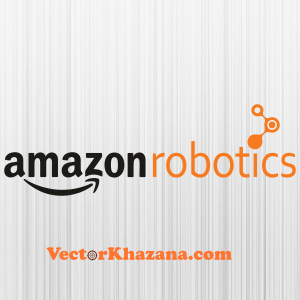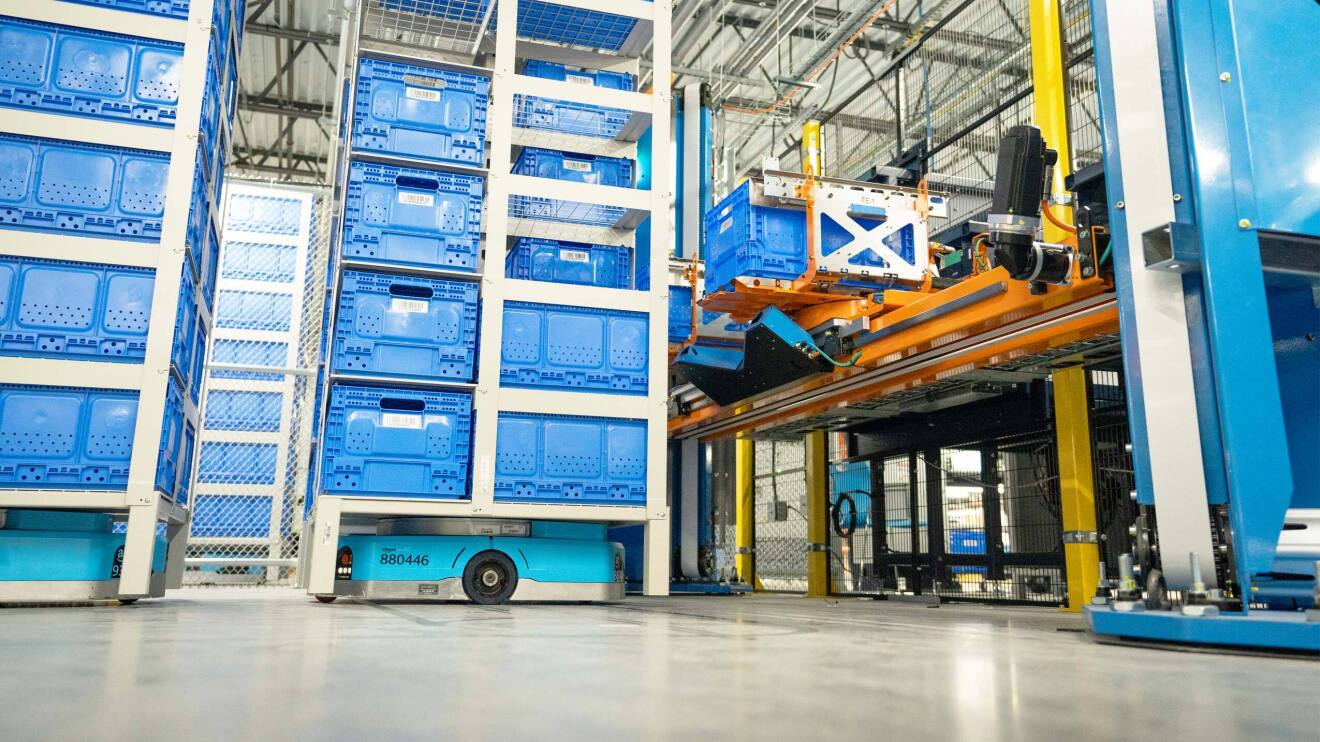
Amazon Robotics: Complete Buyer's Guide
The world's largest operational warehouse automation deployment, coordinating over 1 million robots globally through proprietary AI—but available only as competitive intelligence, not direct procurement.
Amazon Robotics represents the pinnacle of warehouse automation technology at unprecedented operational scale, but with a fundamental limitation that shapes its relevance for ecommerce buyers: it operates exclusively as Amazon's internal technology division rather than a third-party vendor available to external businesses[44][51][52]. This distinction transforms Amazon Robotics from a procurement option into invaluable competitive intelligence that reveals the automation capabilities driving Amazon's operational dominance.
Market Position & Maturity
Market Standing
Amazon Robotics occupies an unprecedented position in the warehouse automation market as the world's largest operational deployment with over 1 million robots coordinated globally[47][49][52]. However, its market position differs fundamentally from traditional vendors: Amazon Robotics operates as an internal technology division rather than a commercial vendor, making it unavailable for direct procurement by external ecommerce businesses[44][51][52].
Company Maturity
Company maturity is evidenced by Amazon's 13-year development timeline since acquiring Kiva Systems, reaching the millionth robot deployment milestone in June 2025 at a Japanese facility[50][52].
Growth Trajectory
Growth trajectory indicators show Amazon's continued expansion of automation capabilities, with Morgan Stanley analysts projecting $10 billion in annual savings by 2030 through automation initiatives[55].
Industry Recognition
Industry recognition comes through Amazon's technological leadership position, with the DeepFleet AI foundation model representing the most advanced warehouse orchestration system deployed commercially[47][54].
Strategic Partnerships
Strategic partnerships include NVIDIA collaboration for Isaac Sim development acceleration, positioning Amazon at the forefront of 'Physical AI' convergence between simulation and physical automation systems[45][51].
Longevity Assessment
The longevity assessment for Amazon Robotics is exceptionally strong given Amazon's market position and continued investment in automation technology.
Proof of Capabilities
Customer Evidence
Amazon Robotics demonstrates unparalleled operational validation through real-world deployment across Amazon's global fulfillment network, managing over 1 million robots in active production environments[47][49][52].
Quantified Outcomes
Quantified operational outcomes establish clear performance benchmarks for the warehouse automation industry. The Shreveport, Louisiana facility achieved 25% productivity gains through integrated robotics systems, while the DeepFleet AI foundation model delivers 10% robotic travel time reduction across the network[44][47][49][54][55].
Case Study Analysis
Peak-season performance validation demonstrates system resilience under extreme operational stress. Amazon's robotics systems successfully manage 300-400% volume spikes during holiday periods while maintaining service levels and accuracy standards[50].
Market Validation
Market validation extends beyond Amazon's internal operations through industry recognition of their technological leadership.
Competitive Wins
Competitive displacement evidence comes from Amazon's ability to achieve $10 billion projected annual savings by 2030 through automation initiatives, with current systems already reducing fulfillment costs by 40% in optimized facilities[55].
AI Technology
Amazon Robotics leads warehouse automation through three revolutionary AI-driven technological foundations that establish market performance standards. The DeepFleet foundation model represents the most sophisticated warehouse orchestration system deployed at scale, processing real-time coordination across Amazon's million-robot network while optimizing navigation paths and reducing energy consumption[47][54].
Architecture
The technical architecture spans proprietary hardware development (Proteus, Hercules robots) integrated with sophisticated software orchestration (DeepFleet), enabling deeper system integration than vendors offering standalone automation components[44][52].
Primary Competitors
Primary accessible alternatives include Dematic (comprehensive automation systems), Locus Robotics (AMR with RaaS models), and Symbotic (AI-powered storage systems) that provide market-available solutions with varying approaches to robotics integration and AI orchestration[17][18].
Competitive Advantages
Competitive advantages stem from proprietary hardware-software integration and operational scale that third-party vendors cannot easily replicate. The end-to-end control spanning hardware development (Proteus, Hercules robots) to software orchestration (DeepFleet) enables deeper system integration than competitors like Symbotic (fixed automation systems) and Locus Robotics (RaaS AMR solutions) that must integrate with existing warehouse management systems[44][52].
Market Positioning
Amazon Robotics occupies a unique competitive position as the world's largest warehouse automation deployment while remaining unavailable as a third-party vendor solution[44][51][52].
Win/Loss Scenarios
Win/loss scenarios favor Amazon Robotics for internal Amazon operations but create competitive pressure for external ecommerce businesses.
Key Features

Pros & Cons
Use Cases
Featured In Articles
Comprehensive analysis of Warehouse Automation for Ecommerce for Ecommerce businesses and online retailers. Expert evaluation of features, pricing, and implementation.
How We Researched This Guide
About This Guide: This comprehensive analysis is based on extensive competitive intelligence and real-world implementation data from leading AI vendors. StayModern updates this guide quarterly to reflect market developments and vendor performance changes.
56+ verified sources per analysis including official documentation, customer reviews, analyst reports, and industry publications.
- • Vendor documentation & whitepapers
- • Customer testimonials & case studies
- • Third-party analyst assessments
- • Industry benchmarking reports
Standardized assessment framework across 8 key dimensions for objective comparison.
- • Technology capabilities & architecture
- • Market position & customer evidence
- • Implementation experience & support
- • Pricing value & competitive position
Research is refreshed every 90 days to capture market changes and new vendor capabilities.
- • New product releases & features
- • Market positioning changes
- • Customer feedback integration
- • Competitive landscape shifts
Every claim is source-linked with direct citations to original materials for verification.
- • Clickable citation links
- • Original source attribution
- • Date stamps for currency
- • Quality score validation
Analysis follows systematic research protocols with consistent evaluation frameworks.
- • Standardized assessment criteria
- • Multi-source verification process
- • Consistent evaluation methodology
- • Quality assurance protocols
Buyer-focused analysis with transparent methodology and factual accuracy commitment.
- • Objective comparative analysis
- • Transparent research methodology
- • Factual accuracy commitment
- • Continuous quality improvement
Quality Commitment: If you find any inaccuracies in our analysis on this page, please contact us at research@staymodern.ai. We're committed to maintaining the highest standards of research integrity and will investigate and correct any issues promptly.